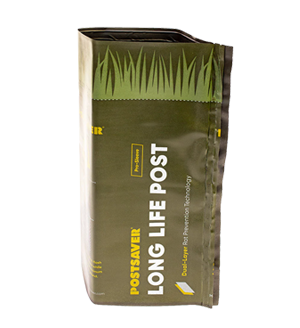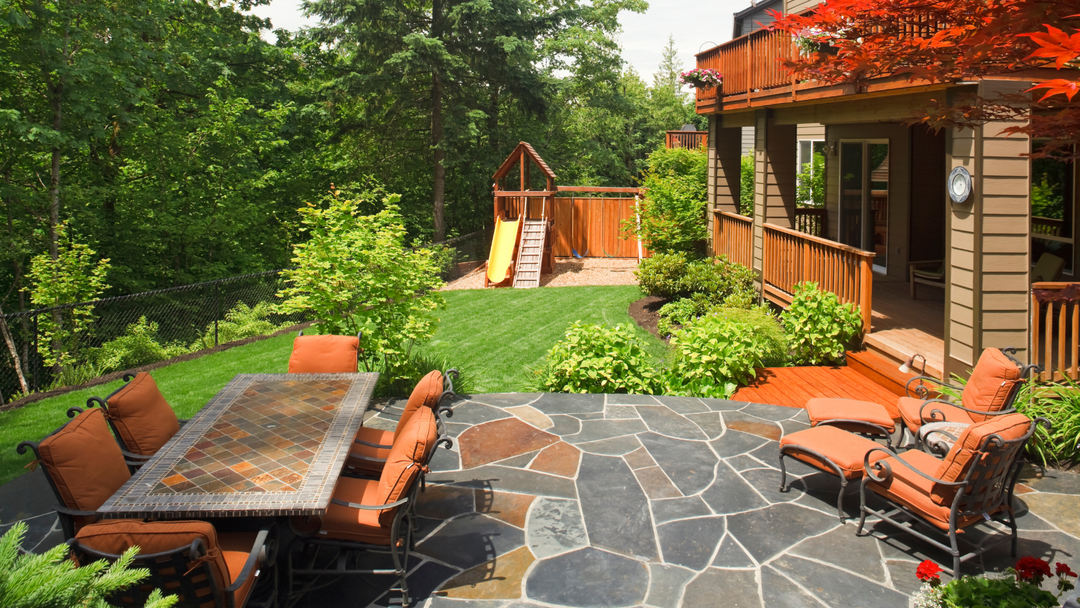Raking vs. Not Raking: Understanding the Benefits for Your Lawn and the Environment
Here's an overview:
- Introduction to Lawn Maintenance: Raking and Its Alternatives
- The Traditional Approach: Why Raking Has Been a Staple in Lawn Care
- Understanding the Natural Lawn Cycle and the Role of Leaves
- Pros of Raking: Immediate Aesthetic Appeal and Reducing Thatch
- Not Raking - The 'Leave the Leaves' Movement Explained
- Ecological Benefits: How Not Raking Fosters Biodiversity and Soil Health
- Raking Techniques and Tools: Best Practices for Minimizing Harm
- Raking vs. Not Raking: Making an Informed Decision for Your Lawn and the Environment
- Conclusion: Weighing the Outcomes and Moving Forward with Sustainable Lawn Care Practices
Introduction to Lawn Maintenance: Raking and Its Alternatives

Proper lawn maintenance is essential for a vibrant yard. Traditionally, raking has been a go-to practice for removing leaves, thatch, and debris. It aerates the soil, encouraging healthy grass growth. However, alternatives to raking are emerging, motivated by both environmental concerns and efficiency. Techniques such as mulching mowers can chop leaves into fine pieces that decompose and nourish the lawn. Additionally, the "no-rake" method embraces leaves as a natural mulch and wildlife habitat. Choosing between raking and its alternatives depends on factors like lawn type, size, and personal preference.
The Traditional Approach: Why Raking Has Been a Staple in Lawn Care
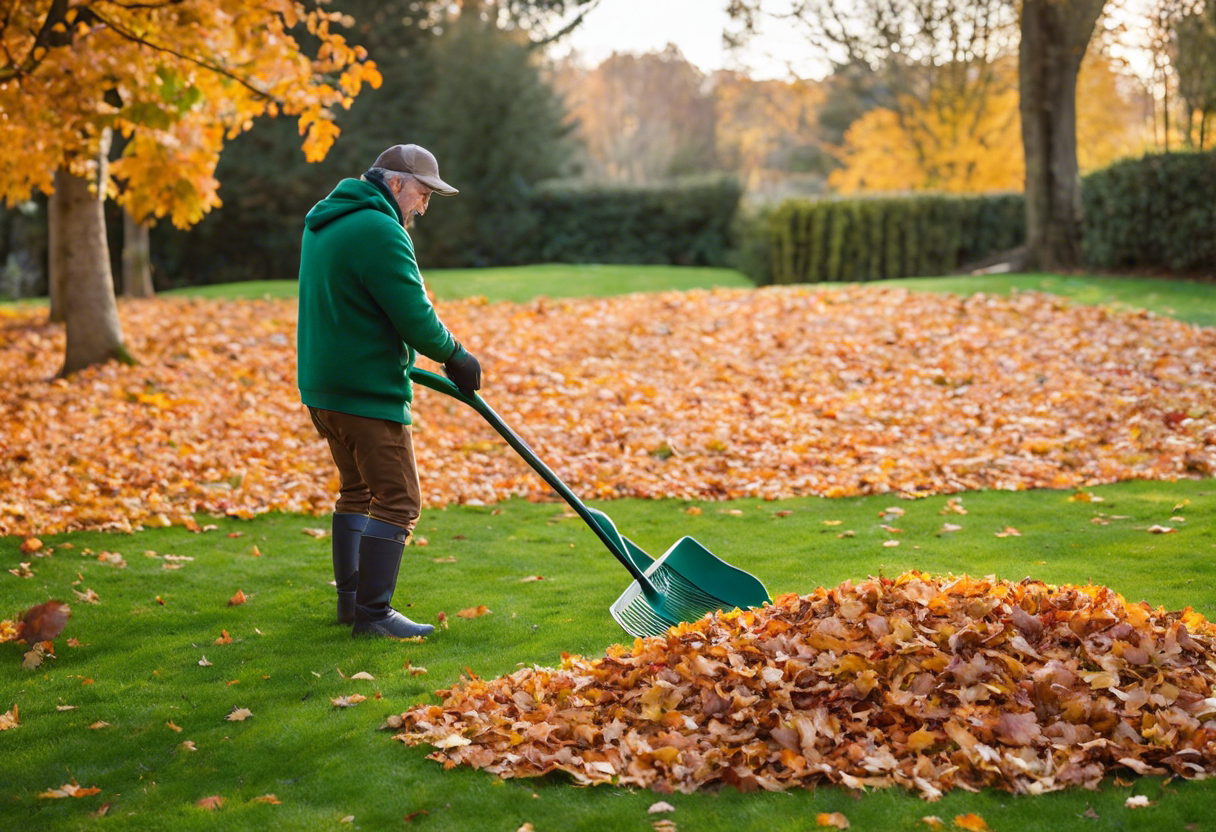
Raking has long been an integral part of maintaining a healthy lawn. Traditionally, homeowners rake to clear their yards of leaves, thatch, and debris, which, if left unattended, can suffocate grass, inhibit water infiltration, and foster disease. The manual removal of this layer allows sunlight and air to reach the grass roots, promoting stronger growth and a vibrant appearance. Moreover, raking has been perceived as an essential exercise for preparing lawns for winter and ensuring a quicker revival in spring. Raking also offers a sense of immediate gratification with the visual improvement of the lawn's appearance, making it a satisfying task for gardeners. The practice has been passed down through generations, largely because of its simplicity and the low cost of the basic tools required.
Understanding the Natural Lawn Cycle and the Role of Leaves

A natural lawn cycle is crucial for a healthy yard. During fall, leaves decompose, adding nutrients and organic matter to the soil, instigating a nourishing cycle. These organic materials:
- Enhance soil structure
- Retain moisture
- Provide food for beneficial microorganisms
- Suppress weed growth
Thus, leaves are more than mere debris; they play a vital function in the ecosystem of your lawn, fostering biodiversity and promoting a balance that supports not just the grass but an array of life.
Pros of Raking: Immediate Aesthetic Appeal and Reducing Thatch

- Raking effectively removes leaves and debris, instantly improving the lawn's visual appeal with a tidy, well-kept appearance.
- This maintenance task can also help control thatch accumulation. Thatch, a layer of dead grass and root matter, can impede water, nutrients, and air from reaching the soil if too thick.
- Regular raking breaks apart and thins the thatch layer, which allows for enhanced grass root health and overall lawn vitality.
- Thatch reduction through raking encourages beneficial soil organisms that decompose thatch naturally, maintaining a balanced ecosystem within the lawn.
Not Raking - The 'Leave the Leaves' Movement Explained

- Serve as a critical habitat for wildlife, including beneficial insects and small mammals.
- Naturally decompose to enrich the soil with nutrients, acting as a free, organic mulch.
- Help to conserve water by retaining moisture in the garden, reducing the need for watering.
- Can reduce waste and pollution from leaf blowers and plastic bags that hold discarded leaves.
This environmentally conscious approach emphasizes the natural cycle's role in promoting a healthy ecosystem within one's own yard.
Ecological Benefits: How Not Raking Fosters Biodiversity and Soil Health

- Leaf Litter as Habitat: Layers of fallen leaves offer critical shelter for numerous critters, from insects to amphibians and small mammals.
- Nutrient Recycling: Decaying leaves enrich the soil by breaking down into valuable organic matter, naturally fertilizing the grass and plants.
- Food Resource: Leaves host a variety of organisms that serve as food for birds and beneficial insects, promoting a balanced food web.
- Soil Protection: The leaf layer acts as mulch, retaining moisture, regulating temperature, and preventing soil erosion, thus maintaining a healthy soil structure.
- Microbial Activation: A non-raked lawn supports a lively micro-ecosystem, as fungi and bacteria break down organic material, aiding in nutrient cycling and soil formation.
Raking Techniques and Tools: Best Practices for Minimizing Harm
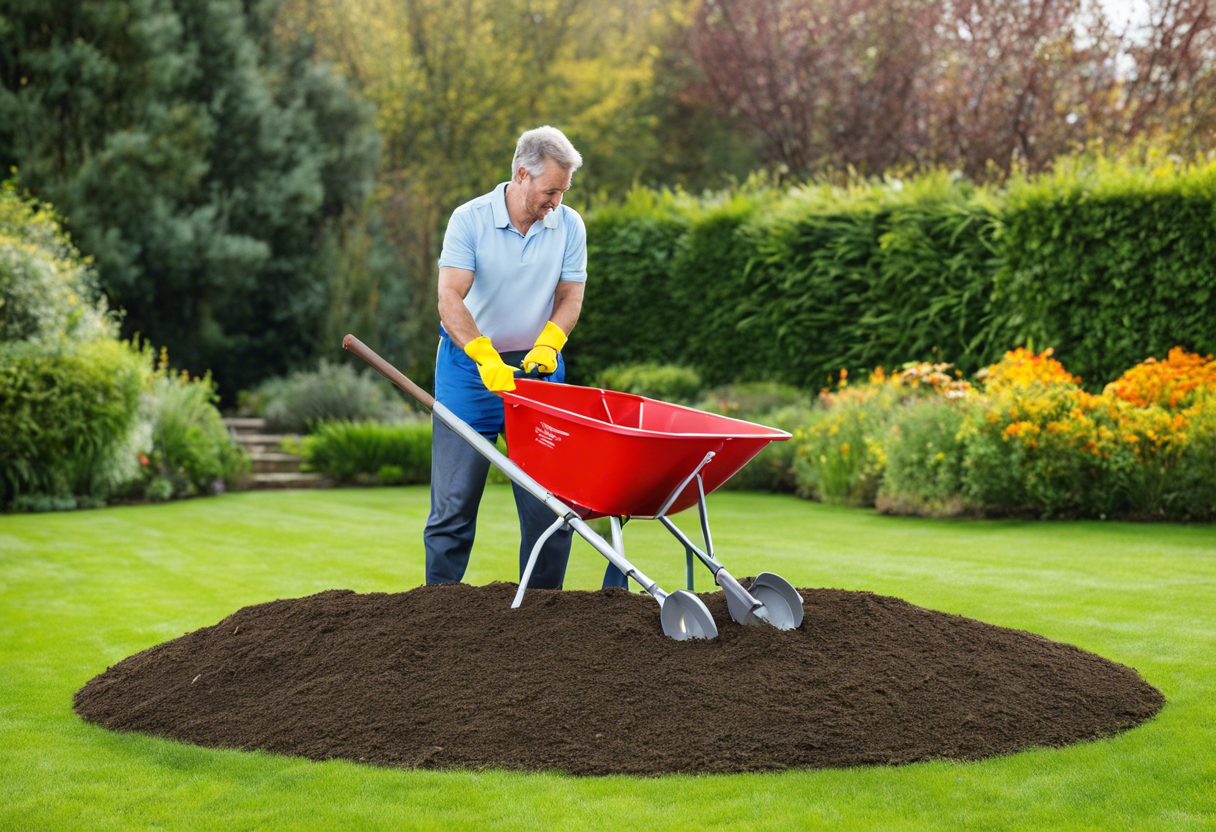
- Choose the right rake: Ergonomic designs reduce fatigue, and adjustable or plastic tines are less harsh on your lawn.
- Rake when dry: Wet grass and leaves clump, making the task more difficult and potentially damaging to grass roots.
- Use moderate force: Excessive vigor can harm the lawn. Gentle strokes are sufficient to gather leaves.
- Consider leaf blowers for large areas: They can be a less invasive option, but use them responsibly to avoid disturbing wildlife or neighbors.
- Mulch over raking when possible: Mulching mowers can break down leaves into beneficial nutrients for your lawn, minimizing waste and labor.
Raking vs. Not Raking: Making an Informed Decision for Your Lawn and the Environment
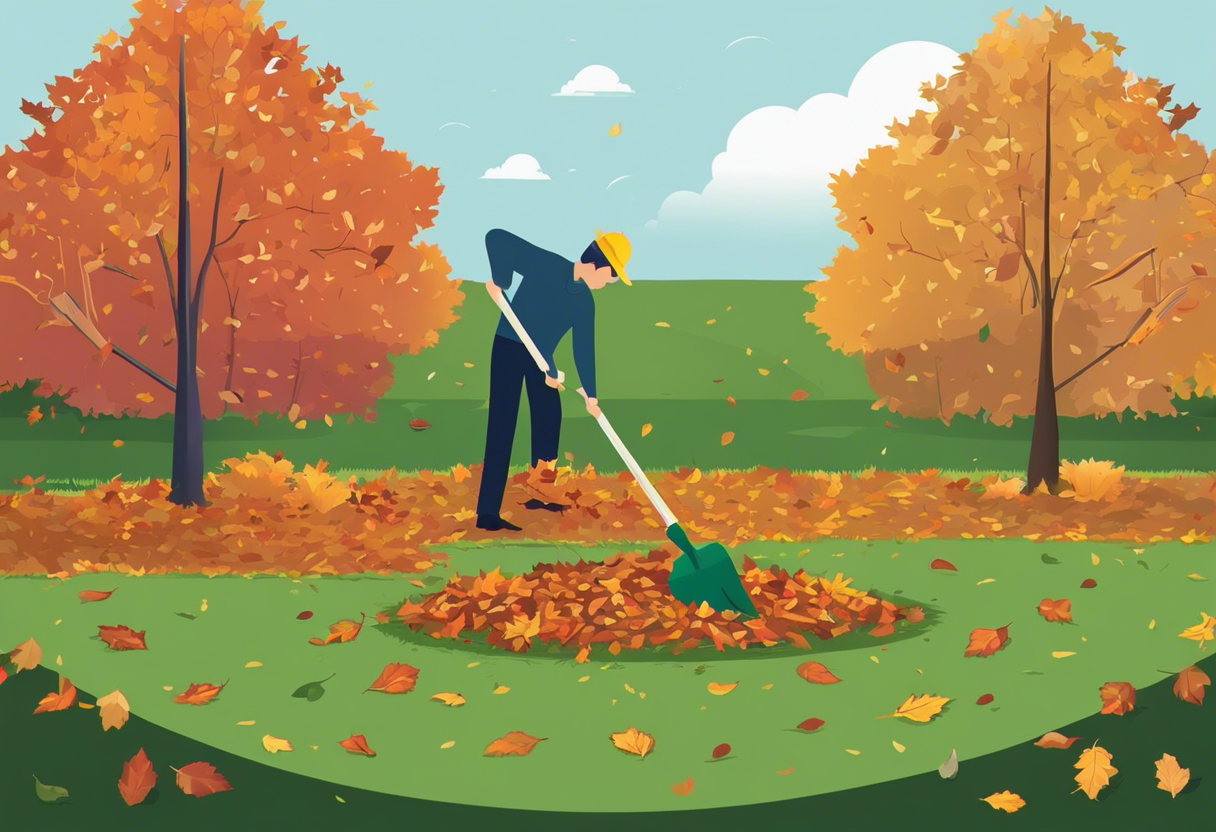
When choosing between raking and leaving leaves on the lawn, homeowners should consider several variables:
- Biodiversity: Not raking can encourage a habitat for beneficial insects and wildlife.
- Soil Health: Decomposing leaves enrich the soil with nutrients, reducing the need for fertilizers.
- Aeration: Thick layers of leaves might suffocate grass but thin layers can be mulched to promote aeration and nutrient recycling.
-
Water Conservation: Leaves retain moisture, decreasing the need for frequent watering.
- Personal Preferences: Some prefer the tidiness of a raked lawn, while others opt for a natural look.
- Community Regulations: Local bylaws may dictate garden waste management practices.
Conclusion: Weighing the Outcomes and Moving Forward with Sustainable Lawn Care Practices

In assessing the debate between raking and not raking, it's evident that both practices offer merits for lawn health and environmental sustainability. A balanced approach, encompassing strategic raking and selective retention of organic material, could provide an optimal path forward. This mitigates soil erosion and fosters biodiversity while maintaining an aesthetically pleasing landscape. Homeowners and communities are encouraged to tailor their lawn care strategies, integrating scientific insight and ecological consideration, to ensure the welfare of their green spaces and the broader environment.








